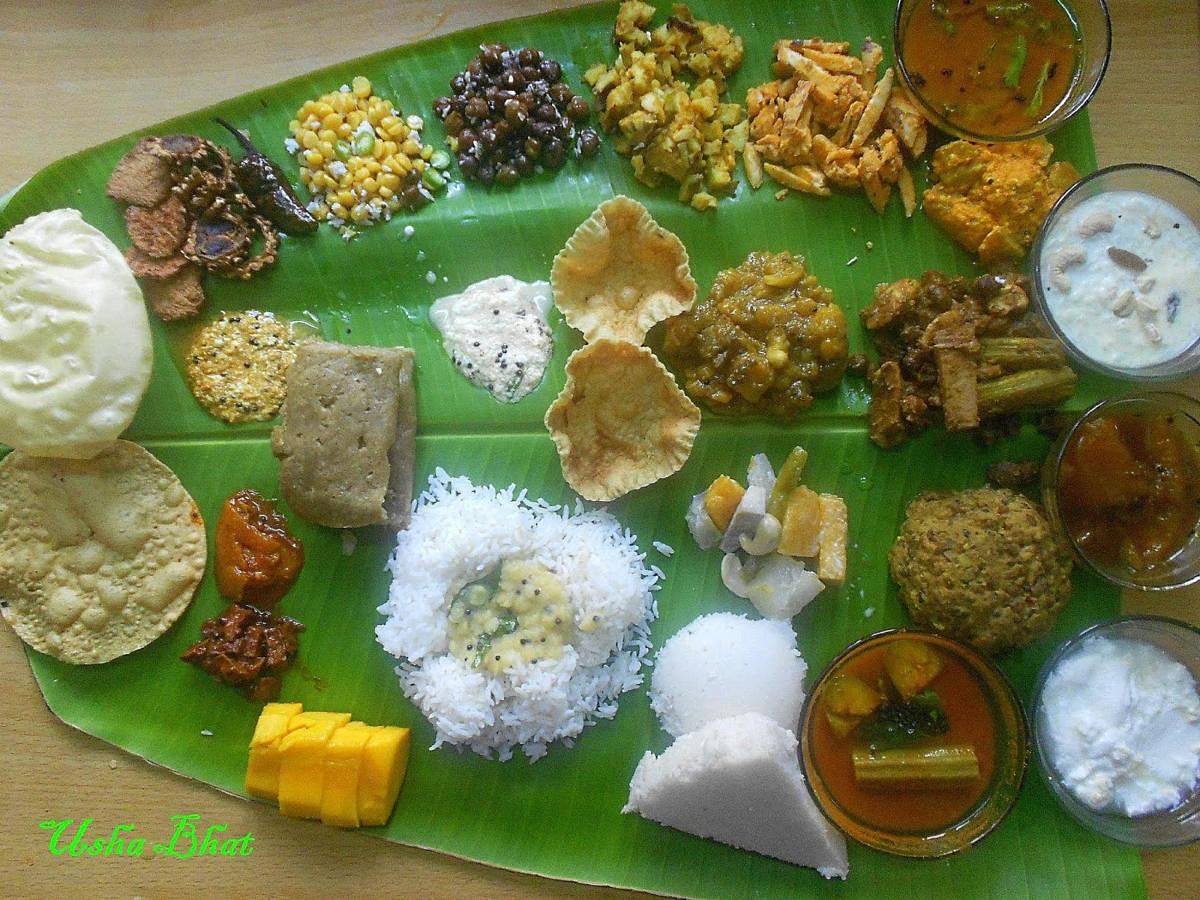
The Gowd Saraswat Brahmin community has a unique culinary culture that is rich in flavour and variety. With several members making various parts of the country and the globe their home, the community has integrated itself well into different culturescapes, while keeping its traditional fabric, mother tongue konkani and culinary practices intact.
History
Gowd Saraswat Brahmins are often tagged as fish-eating brahmins. However, a sizeable section of them are pure vegetarians. Gowd Saraswat Brahmins are early settlers near the mythical river Saraswati, which was once struck by a severe famine, leaving only fish to sustain them. The community leaders, as a survival tactic, advised the people not to shy away from fish. Hence, fish is often referred to as samurdra pushpa by many. However, during festivals and social events, Gowd Saraswat Brahmins stick to a vegetarian fare and even exclude garlic and onions from the menu.
Cereals, pulses, grains, seasonal vegetables, and coconuts are staples in a Gowd Saraswat Brahmin diet. Although the former form the base of GSB cooking, coconuts are an undeniable part of a Konkani fare and are used as a paste, milk or in a grated form.
A typical Konkani platter has a gravy to pair with the rice, a thick curry called sukke made of assorted vegetables in coconut paste and spices, a dry vegetable stir-fry or upkari, achars, papads, phodis or fritters made of vegetables and fruits along with chutneys and salads.
Festivals and religious events bring out the best traditional recipes. Gowd Saraswat Brahmins celebrate the beginning of a new year, Ugadi with the Kannada and Telugu-speaking people in March-April. An Ugadi feast starts off with the bevu-bella mixture, which is symbolic of the good and bad phases of life.
While all vegetables find a place in daily menus, snake gourd, bitter gourd, brinjals, ladies finger, onions, and garlic are avoided in festival menus, along with pulses like horse gram and cow peas. Bengal gram, dals, vegetables like thondekai (coccinea), alsanda (lentils), beans, yams etc are preferred festive ingredients.
A typical Ugadi lunch menu includes ghashi (a curry of Bengal gram and yam, laced with roasted coconut and chilli-tamarind paste); upkari (generally prepared with thondekai and tender cashewnut); raw mango chutney; phodis (raw banana, yam, sweet potatoes, kadu hagalakayi, potatoes or ripe banana). Patrodo, a steamed delicacy of colocasia leaves, smeared with rice-coconut-spice paste, made into rolls is also a must-have.
Another festive special is a salad-like preparation called sasam. Pineapple, mangoes and grapes are mixed with mildly spiced coconut paste, sweetened with sugar or steeped in seasoned jaggery syrup, to make this lip-smacking concoction. Dalitoy is a quintessential part of a Konkani meal. This simple dal is packed with proteins and is seasoned with curry leaves, hing and lemon juice.
What's a festive meal without a dessert? Gowd Saraswat Brahmins like to keep things simple with mudgane, which is essentially a payasa of Bengal gram dal and coconut milk, sweetened with jaggery and garnished with nuts.
A Gowd Saraswat Brahmin feast is a wonderful marriage of flavours, textures, and colours that tantalises the palate and is a food for the soul